Without a doubt, the world’s most competitive professional soccer leagues require match standards to be as high as possible in order to ensure fairness of competition.
A great case in point FIFA’s own contribution.
The world football governing body has made significant strides towards improving the quality of game play by developing a set of criteria that is used to assess the standard of outdoor soccer balls.
They started in 1996 by introducing a FIFA Quality Programme for Soccer Balls – which was initiated to harmonise and raise the quality of soccer ball production across the globe.
But they didn’t rest on their laurels even with the introduction of this initiative.
FIFA chose to formalise specific legislation that catered towards having the highest quality standards for soccer balls.
Here’s the quote for your own reference:
“All balls used in matches played in an official competition organised under the auspices of FIFA or confederations must meet the requirements and bear one of the marks of the FIFA Quality Programme for Footballs.
Each mark indicates that it has been officially tested and meets the specific technical requirements for that mark which are additional to the minimum specifications stipulated in Law 2 and must be approved by the International Football Association Board (IFAB).”
Source – The Football Association Law 2
In case you’re wondering what the marks of the FIFA Quality Programme are, I’ll now take a brief moment to explain.
What are the soccer ball quality classifications?
There are three official markings awarded to soccer balls that manage to pass the rigorous testing criteria that FIFA devised for quality evaluation.
You have the following accreditations:
- FIFA Quality Approved;
- FIFA Quality Inspected; and
- International Match Standard

Want to test your knowledge on soccer ball care?
Take the quiz by clicking the button below and see just how informed you truly are!
Note - You'll need to enter your email address to see the final results.
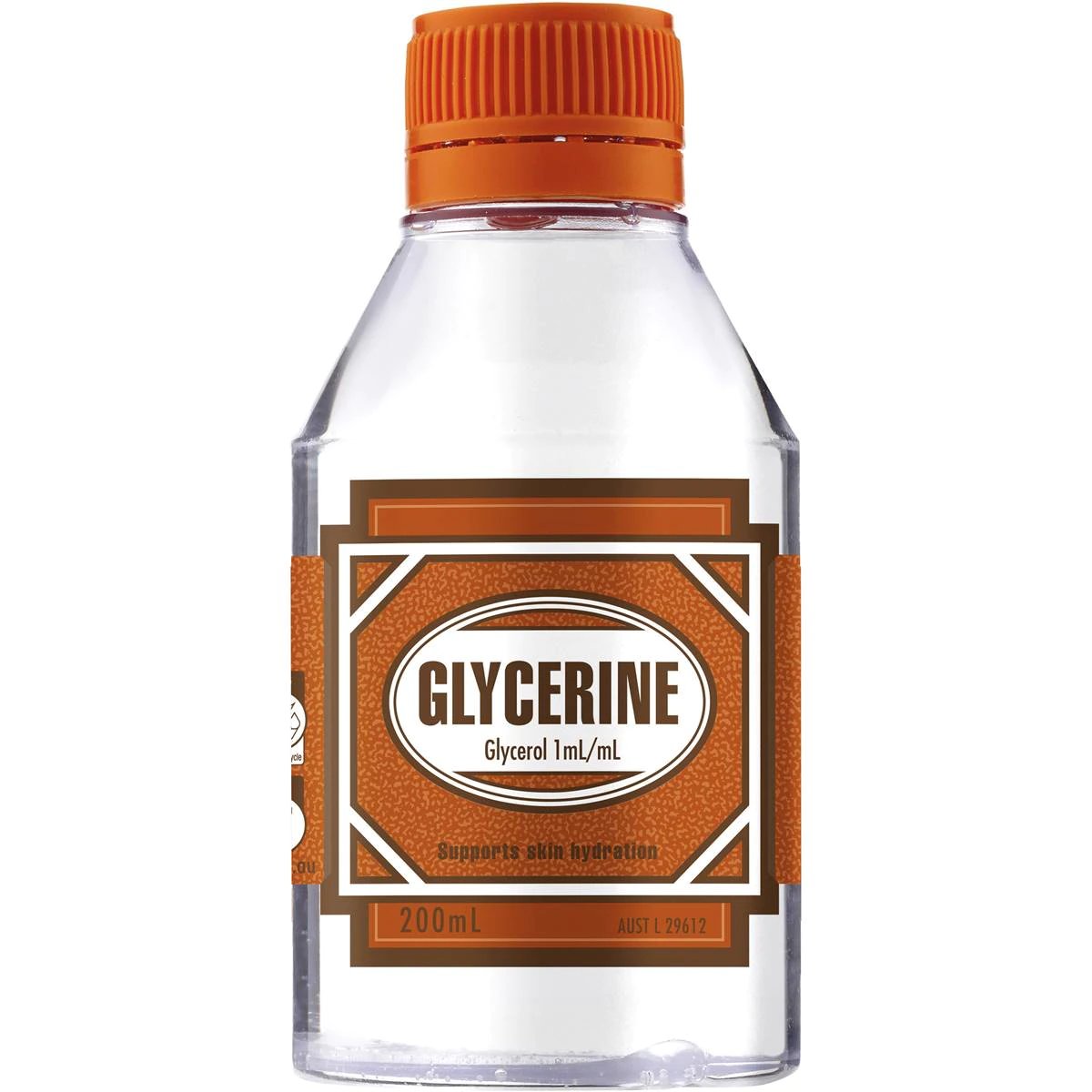

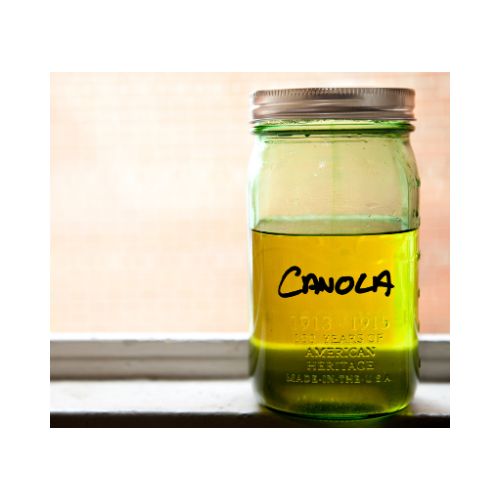

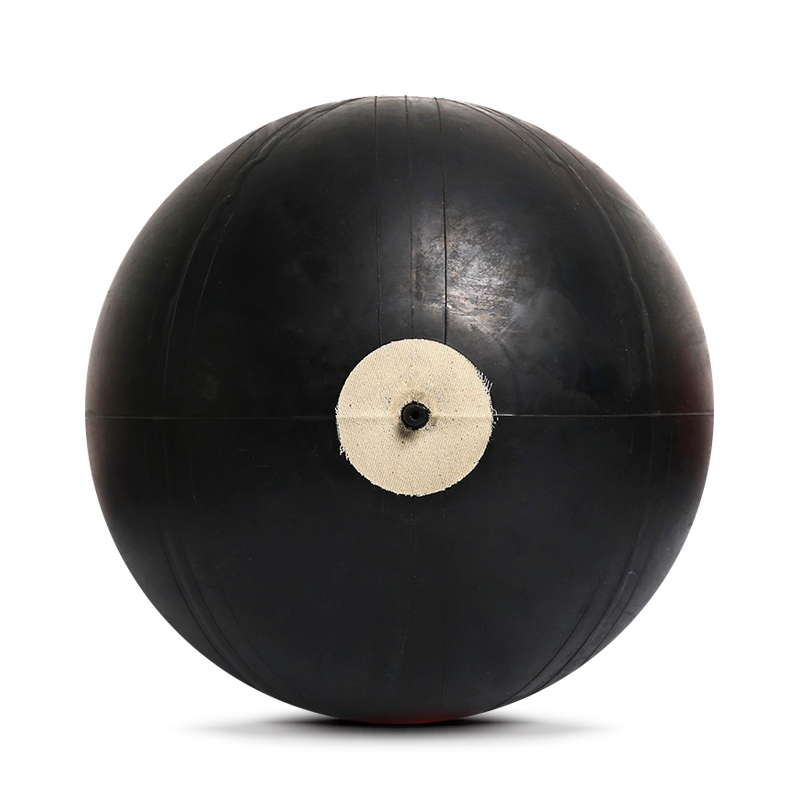



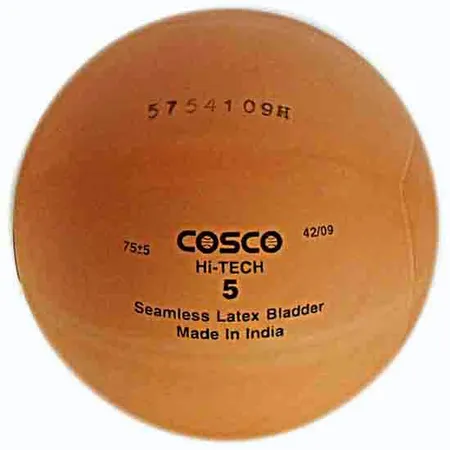






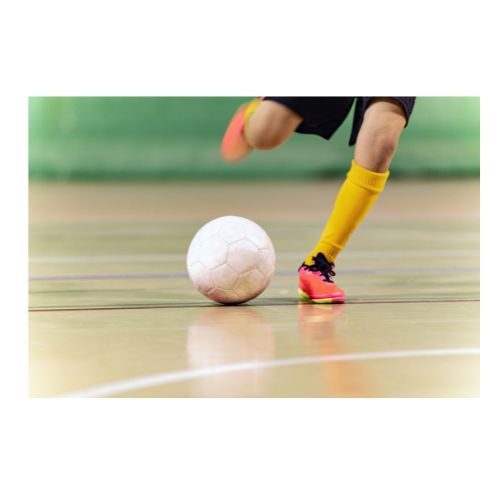

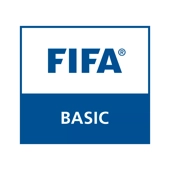


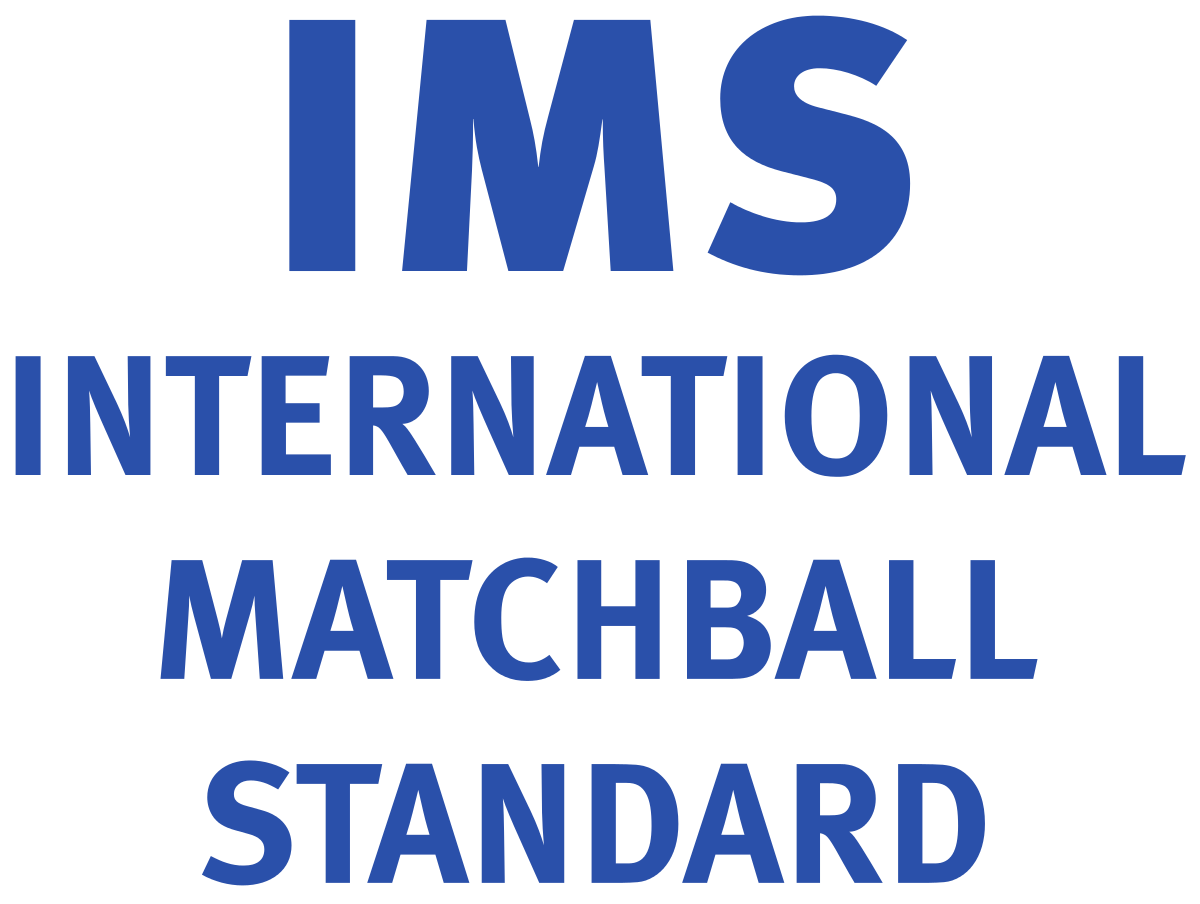



You can see how each badge looks in the image below:
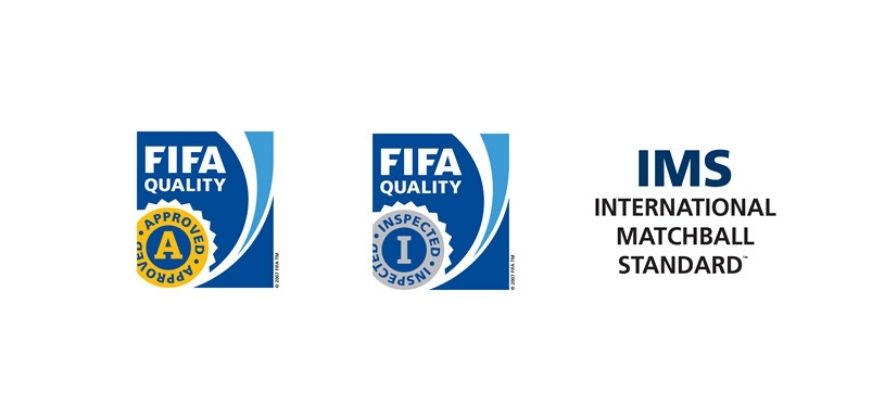
Manufacturers are required to submit a total of 7 soccer balls if they are applying to receive “FIFA Inspected” status, whilst they would need to submit 10 samples if they wanted the much more coveted “FIFA Approved” logo printed on their soccer balls.
On the other hand, the “International Match Standard” qualification is less demanding than the former two.
Once a soccer ball completes FIFA’s testing procedures and passes the checks successfully, it is awarded a mark of quality based on how well it performed within the period of testing.
For example, a soccer ball that has a “FIFA Approved” badge on it would have had to experience a loss in air pressure of up to 20% during the testing process, whereas the acceptable pressure loss for a “FIFA Inspected” is as much as 25%.
Here’s a video which clears up the whole topic of FIFA’s Quality Programme:
Now that you’re aware of the targets that each soccer ball needs to obtain, let’s look at exactly which areas of performance they’re examined on.
What elements of the soccer ball are tested?
My article which talked about what soccer balls professional players use gave readers a bit of information about the performance areas that soccer balls are tested on.
But in this post, I’m going to take a deeper dive.
So, here goes!
1. Circumference
In the preliminary test, the first three soccer balls will be conditioned for a 24-hour time period, after which they will be inflated to a specific pressure level.
At that point, the inspector will take measurements of the diameter for each ball at 10 defined points and see whether the figures line up with officially accepted standards.
For the “FIFA Approved” benchmark, this should be between 68.5 centimetres and 69.5 centimetres, whilst “FIFA Inspected” only calls for a circumference of between 68 and 70 centimetres for a size 5 soccer ball.
Why this measurement is important is because of the fact that a soccer ball with a consistent circumference allows players to achieve optimal control when taking touches and performing actions like dribbling.
2. Sphericity
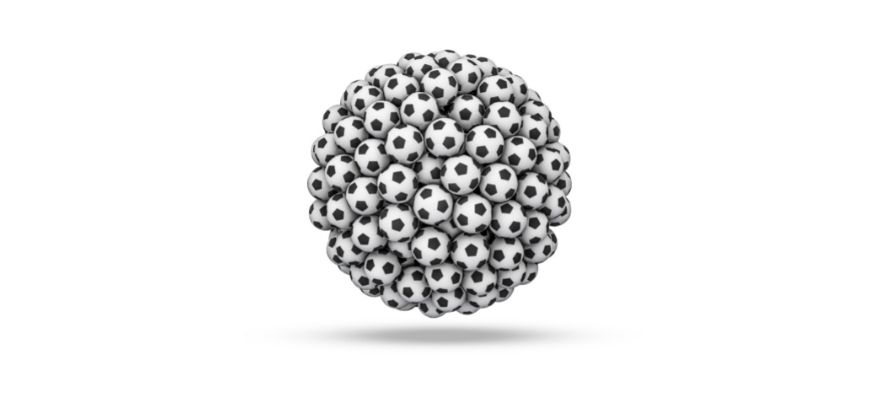
Next up we have sphericity.
In simpler terms, what we’re looking at here is the permanent roundness of the soccer ball.
Time and time again I’ve talked about the importance of soccer balls being spherical in shape, but it doesn’t hurt to mention the benefits once again.
A soccer ball that is perfectly round gives a player the best platform to perform to their talent ceiling.
Because soccer is a form of entertainment, FIFA will want spectators to delight and marvel at the beauty of the sport.
That can only happen if soccer balls exhibit a balanced and predictable flight pattern when in the air.
It wouldn’t be a pretty sight to see a player attempt to curve a soccer ball, only for it to move a few inches because of having a poorly rounded figure!
So, at this stage the diameter of the soccer ball is measured after it has been inflated to a pressure level of 1 bar.
The quantification of diameter then takes place at the middle of 16 panels, and subsequent to that an average is calculated.
Here, the difference between the lowest and highest diameter figures must not exceed 1.5% for the “FIFA Approved” label, although a greater leeway of 2% is given for the “FIFA Inspected” standard.
3. Rebound ability
Thirdly, we have the examination which covers a soccer ball’s rebound capability.
Players have to be able to anticipate the direction of a ball, especially when it bounces off of a grass or synthetic turf surface.
It would be detrimental to the game if soccer balls bounced in an unpredictable manner, as participants will end up confused and start second-guessing their own movements on the pitch.
So, with this test, a soccer ball is dropped 10 times from a height of 2 metres onto a steel plate.
Using a video camera, the distance covered when the ball rebounds off of the surface can be recorded using the rebound height of the underside (lower side) of the ball as the reference point.
For quality standards, the difference between the highest and lowest bounce should be no more than 10 centimetres apart.
More so, the height of all bounces must settle between 120 and 165 centimetres for a “FIFA Approved” standard, or between 115 and 165 centimetres for a “FIFA Inspected” quality award.
4. Water absorption
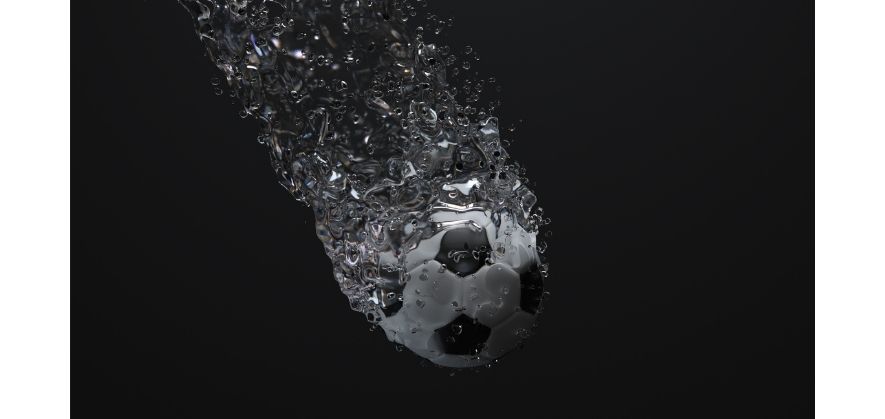
A soccer ball that is wet exhibits pretty different behaviour from one that has been kept in a dry state.
If you’ve played soccer in the rain before, you may have noted that wet soccer balls tend to:
- move through the air a lot more slowly;
- have a lower rebound height when bouncing off of the ground
- be more difficult to curve and hit with power
This is where the water absorption test comes in, as it ensures that soccer balls don’t get too heavy when they take up moisture.
Now, this test is actually a pretty straightforward one.
Here, a soccer ball is submerged in a water-filled vessel as it is pressed and rotated around numerous times.
Once that task has been completed, the ball is then removed from the water before being wiped down and re-weighed.
The weight increase is expressed – in percentage terms – by comparison to the original weight of the ball before it was drowned in, because this is how the testers arrive at how much water was absorbed.
In order to meet the “FIFA Approved” standard, an increase in weight of no more than 10% is required, whilst the threshold for “FIFA Inspected” sits at a 15% weight increase.
5. Weight
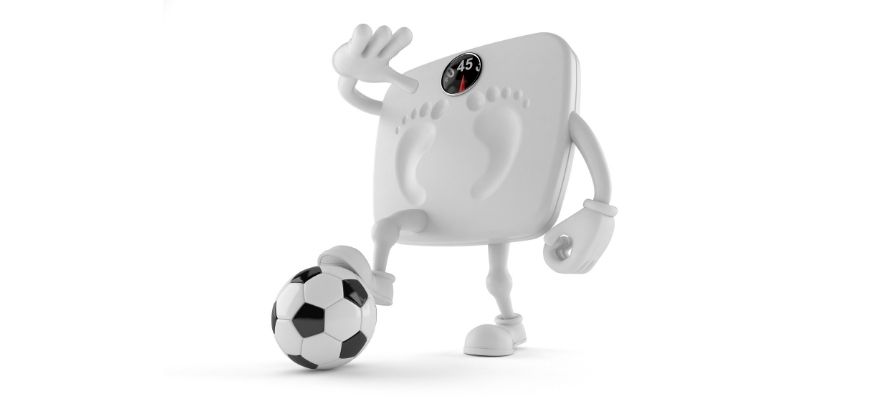
The heaviness or lightness of a soccer ball becomes important when the aspect of consistent playing response comes to the fore.
If it is either too light or too heavy, then you can expect it to move with less predictability, especially whilst it’s in flight.
So, as part of the testing process here, the sample balls are inflated and weighed in a standard atmosphere using a wind protected electronic balance, that helps prevent any inaccuracies from affecting the results of the data being collected.
“FIFA Approved” weights rest between 420 and 445 grams, whilst figures need to be between 410 and 450 grams for the “FIFA Inspected” mark.
6. Loss of pressure
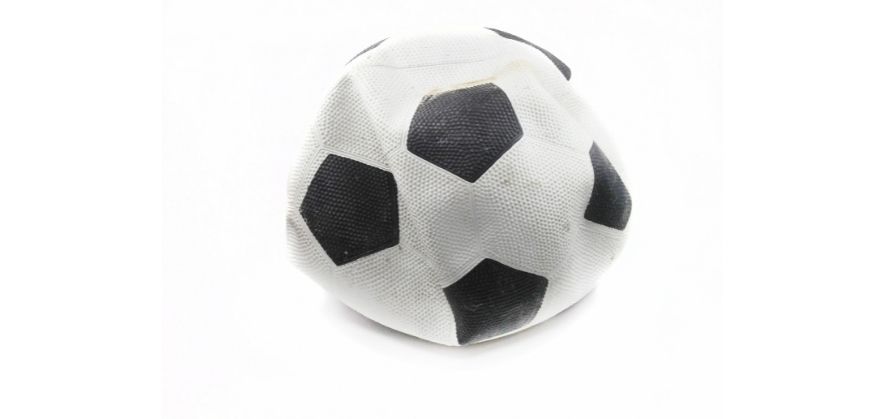
The sixth test is all about soccer balls losing air.
A playing experience can be negatively affected if a soccer ball loses air pressure relatively quickly, with elements of the game becoming unpredictable and inconsistent as a result of this.
For instance, it would be much more difficult for participants to make long passes and deep crosses with a soccer ball that lacks sufficient air quantity.
The ball is likely to fail at reaching its intended target, partly because it just won’t travel through the air fast enough or high enough.
As part of this test, a soccer ball is inflated to a defined pressure level and left to rest for 3 days.
After that period has elapsed, an inspector will take its air pressure measurement to calculate the percentage of air lost throughout that time.
For a “FIFA Approved” standard, a maximum of 20% loss in pressure is allowed, whereas the “FIFA Inspected” level allows for a maximum of 25%.
7. Shape and size retention
The final test is only carried out on “FIFA Approved” soccer balls.
The premise behind this one is that a soccer ball should be in the same performance state at the end of the game as it was in at the beginning.
As the average match involves approximately 2000 kicks of a soccer ball, a test is made to simulate such an environment to find out whether the ball in question can hold up to the rigours of a competitive match.
Once the soccer balls are inflated to a specified pressure level, they are accelerated by two rotating cylinders which spin the balls at a certain velocity.
During this process, the soccer balls hit a steel frame continuously at speed and angles that are consistent.
After 2000 “hits” the cylinders are stopped from spinning the balls and then any increases in circumference or differences in overall sphericity are measured.
To pass this test, soccer balls must also come out unscathed with valve openings that don’t show any signs of damage and stitching that is still intact.
Additionally, here are the precise metric qualifiers:
- Increase in circumference – maximum of 1.5 centimetres allowed
- Roundness deviation – maximum of 1.5% allowed
- Change of pressure – maximum decrease of 0.1 bar allowed
I’ve put together a table that lists all the figures for each test as a way of easier reference:
| Test Type | FIFA Approved Standard | FIFA Inspected Standard |
|---|---|---|
| Circumference | 68.5 cm - 69.5 cm | 68.0 cm - 70.0 cm (Size 5) | 63.5 cm - 66.0 cm (Size 4) |
| Sphericity | 1.5% maximum difference | 2.0% maximum difference (Size 4 & 5) |
| Rebound Ability | Between 120 cm - 165 cm | Between 115 cm - 165 cm (Size 5) | Between 110 cm - 160 cm (Size 4) |
| Water Absorption | No more than 10% weight increase | No more than 15% weight increase (Size 4 & 5) |
| Weight | Between 420 grams and 445 grams | Between 410 grams and 450 grams (Size 5) | Between 350 grams and 390 grams (Size 4) |
| Loss of Pressure | Maximum 20% loss | Maximum 25% loss (Size 4 & 5) |
Where is the soccer ball testing conducted?
To undergo such a demanding quality evaluation process, facilities with the latest technological equipment must be made available for testers.
Well, the magic is said to happen at EMPA Materials and Science Technology – which is a Swiss federal laboratory for materials testing and research that is based in St. Gallen, Switzerland.
Why do soccer balls need to be tested?
Soccer ball testing is great for prospective buyers because they don’t have to worry about purchasing a ball that would give them major issues further down the life cycle.
You see, FIFA’s testing procedures almost guarantee quality because you are selecting a ball that has officially been approved for play as a result of the thorough performance testing it has undergone.
This wasn’t the case before FIFA invented their quality programme.
Different manufacturers made soccer balls that varied greatly in quality from one another, and there was a lot of ambiguity in the market, as buyers didn’t know whether they would have to return a newly purchased ball in a few days or whether it would last for a couple of years.
In this respect, things have certainly been made easier due to soccer ball testing.
Closing thoughts
That completes my article on how soccer balls are tested!
Hopefully you will have picked up bits and pieces of information that can inform your own decision making when you want to buy a soccer ball.
And by the way, if you need help with that process, I’d suggest you check out our complete buying guide on the best soccer balls, as it’s a great starting point for inexperienced buyers.
Finally, before you go, you should check out our eBook on Soccer Ball Care.
Within this monster of a resource, we tackle all there is to know about looking after a soccer ball and maximising its useful life right from when you purchase this type of product.
This eBook covers a plethora of different topics, such as:
- soccer ball construction;
- inflation and pressure management;
- cleaning and maintenance;
- soccer ball storage; and
- how to extend the useful life of your ball
In just a couple of hours, you’ll have more knowledge on what is good and bad for your soccer ball than you could ever fathom!
You’ll learn how to inflate your soccer ball to the correct level of air pressure based on the size of ball you have, as well as know how to clean and store your soccer ball properly after games.
But I don’t think there’s anything better than being able to effectively troubleshoot problems with your soccer ball and fix them yourself!
So, you can finally take care of your soccer ball for many months to come, which without a doubt will save you time and money as won’t be searching for and buying a replacement any time soon.
With just one click…
Grab yourself a copy right now for only $29!
If you enjoy the content that I create and would like to buy me a coffee, then I’d really appreciate it!
Any money that I earn through this donation will be re-invested into more content for this website.
Additionally, by sending in a donation you’ll also receive a copy of my recently released 190+ page eBook on Soccer Ball Care, as well as be subscribed to our mailing list where you’ll be regularly informed on the latest developments concerning the Soccer Whizz blog.
- Future Icons: Europe’s Emerging Midfield Maestros Set for Glory - December 4, 2023
- Kickstarting a Revolution: How Soccer Transformed the United States Over the Last Four Years - October 7, 2023
- 4-1-4-1 Soccer Formation [Analysis] - September 23, 2023


